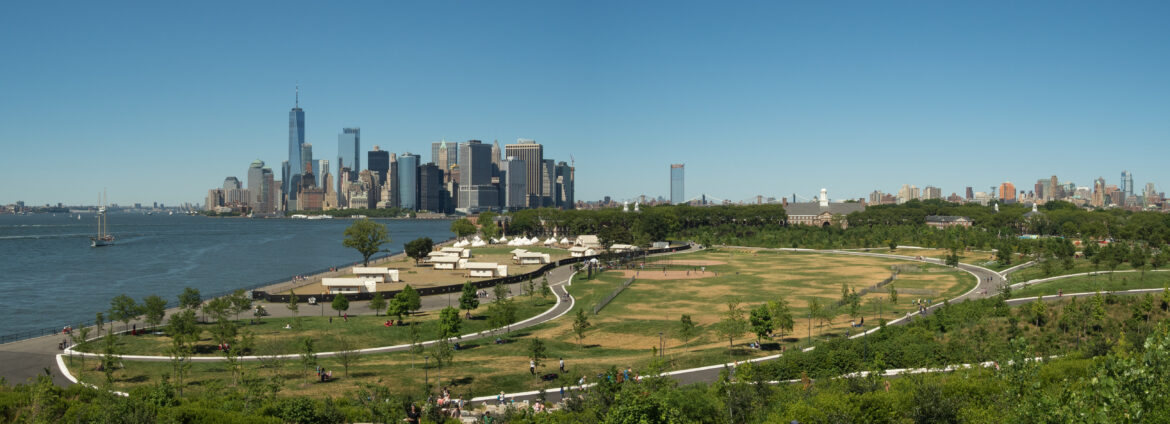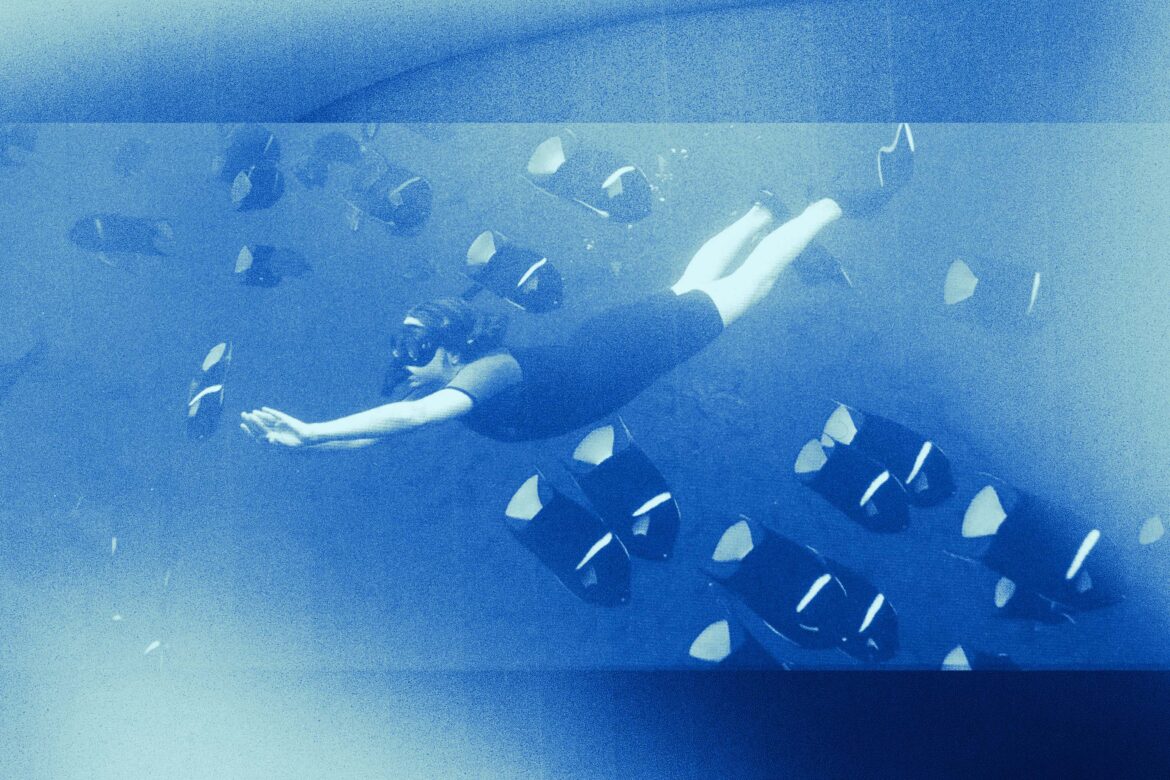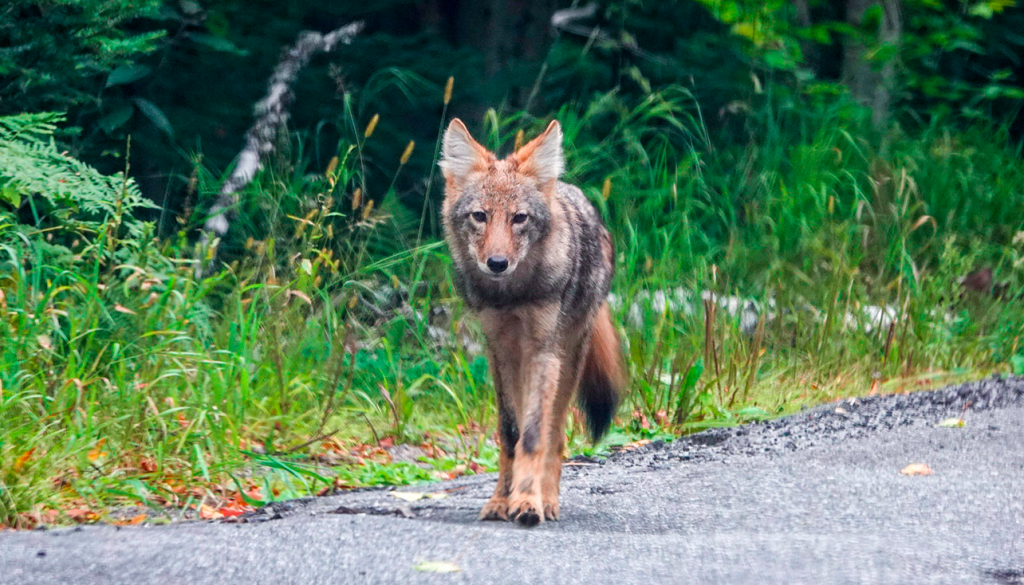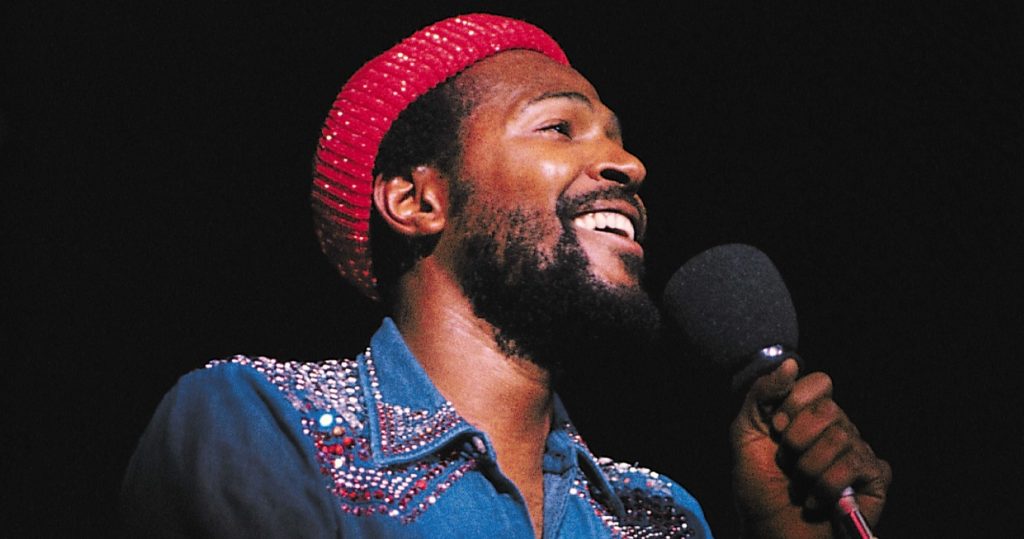The Exchange’s website states that the project is committed to environmental justice by improving “discriminatory practices of the past” and acknowledges the damage that climate change does specifically to “low-income communities and communities of color.” However, none of the partner coalitions and social organizations under The Exchange have been identified as Indigenous or Indigenous-affiliated.
Upon visiting Kayleigh’s social media pages, users are greeted with vibrant blue, aquamarine, white and green color palettes. Scrolling through her feed is like being teleported into an underwater world: there are videos of her redirecting sharks, pictures from her trip to Belize, clips of her diving with whales and shots of her “strolling” through the seagrass. Her content is an escape for avid scuba divers or marine life lovers who are confined within the walls of tiny apartments. It can also serve as an educational resource for those who are unfamiliar with the ocean and the creatures that inhabit it.
Many people have started to fall into the pessimistic spiral of climate doom. It is easy to lose hope for the environment’s wellbeing while processing one disaster after the other.
In all of 2015, about 75 pounds of clothing were thrown away per person in the United States. Several years later, that amount has only increased — the average American citizen threw away about 82 pounds of clothing during the year 2020. What many heavy consumers don’t realize is that when you throw clothes “away,” they still end up somewhere.
Yoga can create a domino effect: once we begin to become more aware of our breath, we can begin to make choices that lead to clean air for all. And that might incite us to walk more or reduce our usage of aerosol cans. We must view humans and the environment as interconnected, not separate.
A nation resting above the Arabian sea, Pakistan’s vulnerability to climate change reveals that environmental justice is an economic issue just as much as it is an environmental one.
For the first couple of weeks of my life as a vegetarian, I was set to never taste what I assumed was the unique savory profile of beef and fish ever again. But then I saw a strange ad at my community college cafeteria asking me to try the Impossible Burger. Alongside claims of carbon footprint reduction, it had a similar promise to a later ad for their Burger King outing: “Try it and don’t see the difference.” And at least for me, I can say that the Impossible Burger did the impossible successfully — it made a beef-like burger without any beef.
These German shepherd-like mammals are expected to slowly find their way into the region, which is the last area in the continental U.S. where they don’t exist. When they do, they will be the area’s top predator — which could lead to drastic changes to the local ecosystem.
As I sit here writing almost a year later, the United Nations is gearing up for its Climate Action Summit. It just so happens another artistic relic from (I guess this is some sort of magic number) 48 years ago is coming to mind today.









